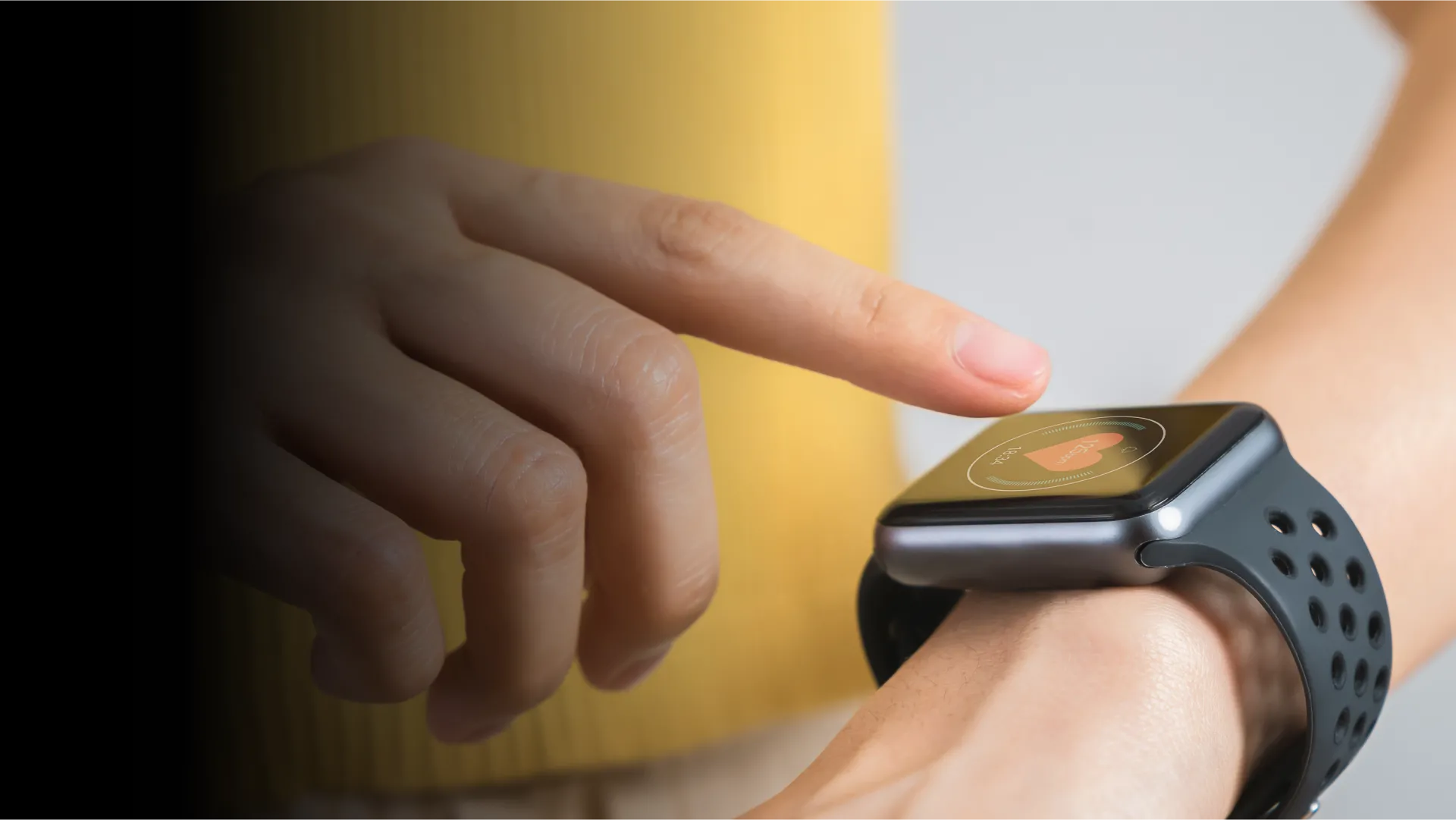Wearable Technology Transmits Actionable Patient Data to Healthcare Professionals
Remote patient monitoring (RPM) has become a critical component of modern healthcare, enabling the continuous collection of patient data from IoT devices. Experts estimate that 70.6 million US patients, or 26.2% of the population, will use RPM tools by 2025.
The uptime and availability has been really good. I don’t lose any sleep over HiveMQ.
Braveheart Wireless created wearable technology to monitor patient vital signs and transmit actionable data to healthcare professionals. As a company focused on IoT data and near real-time insights, the development team at Braveheart Wireless recognized the need for a robust and secure system to manage RPM, ensuring data compliance, scalability, high availability, and reliable data transfer.
Ensuring Secure and Compliant Data Transfer
Braveheart Wireless had many factors to contend with when designing its RPM system and infrastructure. Healthcare is a heavily regulated industry and data security and privacy must be maintained and ensured. The team needed to facilitate the secure transfer of patient data from edge devices to the cloud.
Patient information is highly sensitive and requires stringent data protection measures. Ralph Beck, co-founder and VP of Software Engineering at Braveheart, emphasized the need for a system "agnostic to patient information" and explained their approach: "We tokenize all the data, so there’s no patient-protected information transferred up to the cloud.” To accomplish this, Braveheart adopted MQTT as their preferred protocol due to its flexibility and widespread adoption in the IoT domain.
The team looked at several options for an MQTT platform that could scale with the number of devices and also the high availability needed to keep data and messages delivered with zero downtime. HiveMQ’s enterprise-grade platform was the preferred choice due to its reliability and scalability.
Sending Patient Data Reliably with HiveMQ
HiveMQ’s platform helped Braveheart Wireless establish a secure and bidirectional connection between edge devices and the cloud while ensuring patient data remained confidential.
Scalability and High Availability
With hundreds of devices active concurrently and thousands of devices, scalability was a paramount concern. Beck explained that their system continuously collects vital signs, which are infrequent and small in size but also high-frequency waveform data, such as electrocardiogram (“ECG”), respiratory and accelerometer signals, which require a significant amount of bandwidth. Braveheart Wireless's fusion of sensors and data compression coupled with HiveMQ's capabilities allowed them to efficiently serialize and transfer this data to the cloud.
High availability was essential, especially in diagnostic scenarios where real-time alerts and alarms were involved.
Beck pointed out, "If the service is not up and running, some critical information can get lost or delayed."
To ensure continuous operation, Braveheart implemented a high-availability strategy using HiveMQ clusters, including rolling upgrades and zero-downtime solutions, to minimize service disruptions.
With HiveMQ, Beck has benefited from the reliable service, stating, “The uptime and availability has been really good. I don’t lose any sleep over HiveMQ.”
Data Agnosticism and Compliance
Braveheart's RPM system needed to be data-agnostic to accommodate various types of patient data, such as heart rate, skin temperature, and ECG readings. Additionally, the MQTT broker needed to be able to distribute that data to various systems for analysis or long-term data storage.
HiveMQ enabled Braveheart to collect, aggregate, and process diverse data streams efficiently by integrating MQTT messages into Kafka messaging flows for upstream applications, storage, processing, and analytics.
Enhancing Patient Care and Clinical Studies
The adoption of HiveMQ and MQTT allowed Braveheart to establish a robust and secure infrastructure for RPM. This transformation delivers a profound impact on the quality of patient care and clinical studies. In diagnostics, the high availability of the system ensured that alerts and alarms reached healthcare professionals promptly, facilitating timely interventions. In pharmaceutical studies, real-time data monitoring became critical to ensuring patient compliance with study protocols and early detection of any issues that might affect the study results.
Braveheart Wireless achieved cost-savings, required fewer resources, and continuous service using HiveMQ. The team’s successful implementation of HiveMQ delivered:
Cost-savings by expediting development time-to-market and ongoing operational savings with a commercial, production-ready enterprise MQTT broker.
Reduction in resources required for regulatory review and approvals with verification and validation of its end-to-end solution by leveraging HiveMQ as its commercial, enterprise MQTT Broker.
Flexible deployment with HiveMQ for multiple deployment scenarios (e.g. multi-tenant, private cloud) based on end customers needs.
Faster time to insights for healthcare professionals that need real-time, continuous vitals monitoring to improve patient quality of life.
A Scalable Approach to Remote Patient Monitoring
Braveheart Wireless’ implementation of HiveMQ and MQTT improved RPM by providing a secure, scalable, and high-availability solution. Their commitment to data compliance and agnosticism, combined with the power of MQTT, has empowered healthcare professionals to make informed decisions and has enhanced the success of clinical studies.
Beck explained, “Reliability and trust are cornerstones for our business as clinicians and healthcare professionals increasingly need insights for remote patient care. HiveMQ helps us deliver on those values, quickly and securely, so that practitioners can give patients critical information as soon as it’s ready.”
As IoT continues to shape the healthcare landscape, Braveheart Wireless' innovative approach stands the standard of excellence in RPM. Future plans for Braveheart Wireless’ data initiatives include incorporating AI and machine learning deeply into the IoT infrastructure to enable generating patient-specific inferences that then turn into actionable alarms and events. This will empower doctors to make evidence-based decisions and care management pathways for patient health.


